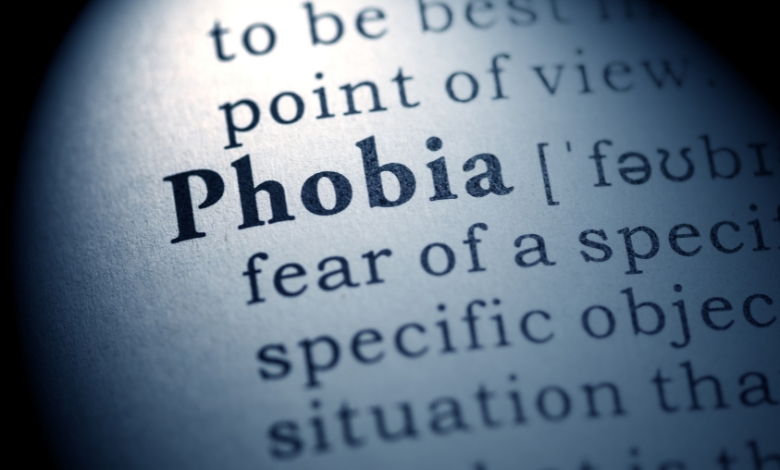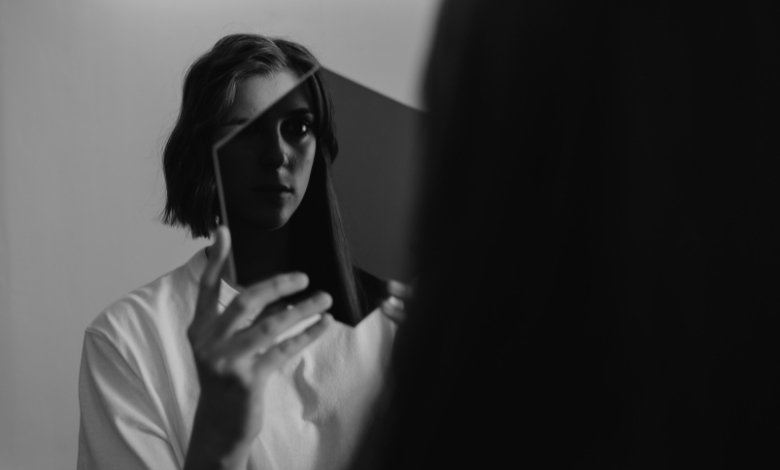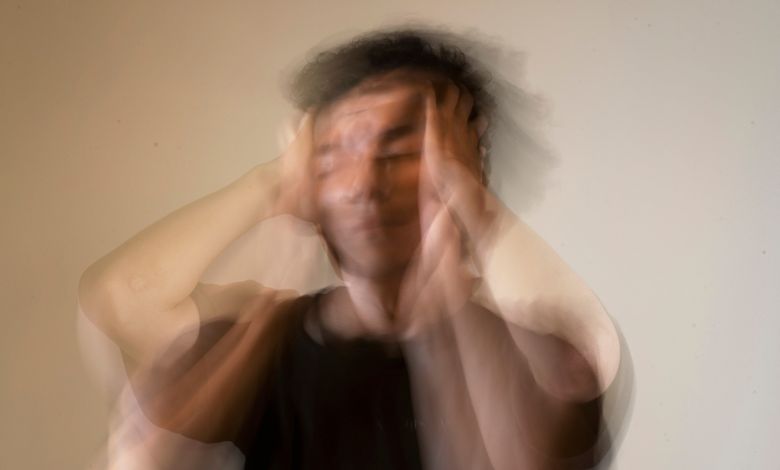What does chaetophobia involve? Learn about the fear of hair, its symptoms, causes, and treatment options in this comprehensive guide.
Chaetophobia, or the fear of hair, might seem strange to some, but for those who deal with it, it’s a very real and challenging condition.
Picture this: you freeze up at the sight of a loose strand of hair or feel nauseous seeing hair stuck in the shower drain. For people with this phobia, moments like these aren’t just uncomfortable, they’re completely overwhelming, sometimes even leading to low productivity in the workplace as the anxiety can interfere with focus and daily tasks.
In this guide, we’ll break down what chaetophobia is, its symptoms, causes, and treatments. We’ll also share personal stories and practical tips to help you or someone you know manage and move past it. Let’s take it step by step and explore on what is next.
Article Breakdown
What Is Chaetophobia?

Chaetophobia is a rare phobia where someone has an intense fear of hair. This can include hair on people’s bodies, loose hair on the floor, or even their own hair. For some, just seeing loose strands can cause anxiety, while others might feel uncomfortable around any kind of hair.
This fear can be so overwhelming that it makes simple tasks, like brushing your hair or taking a shower, really stressful. It’s not just about disliking hair, it often leads to strong emotional or even physical reactions.
How Does Chaetophobia Manifest?
The symptoms of chaetophobia vary from person to person, but they typically fall into these categories:
Physical Symptoms
- Sweating
- Rapid heartbeat
- Nausea or gagging
- Shortness of breath
- Shaking or trembling
Emotional Symptoms
- Overwhelming anxiety at the sight or thought of hair
- Disgust, particularly toward loose or wet hair
- Avoidance of situations involving hair (e.g., skipping haircuts or avoiding bathrooms)
- Panic attacks in severe cases
Behavioral Symptoms
- Excessive cleaning to remove hair
- Reliance on others for tasks like unclogging drains
- Avoidance of social situations for fear of encountering hair
Take Katie’s story, for example. She’s a college student who dreads taking showers because the sight of her own hair in the drain makes her nauseous. Every week, she asks her roommate to clean it out because she simply can’t handle the task herself.
What Causes Chaetophobia?
Understanding the root causes of chaetophobia can help illuminate why this fear develops in some people. While every case is unique, common causes include:
1. Traumatic Experiences
Past trauma can play a significant role in developing phobias. For instance, a distressing event involving hair, such as an embarrassing moment during childhood, can leave a lasting impact. Lori shared her experience of associating hair with feelings of shame after a traumatic event in her family. This connection triggered her lifelong struggle with chaetophobia.
2. Cultural and Social Influences
Hair can carry cultural or symbolic meanings that influence our perceptions. For some, thick body hair might evoke ideas of uncleanliness or discomfort. Social norms and stigmas can exacerbate these associations.
3. Psychological and Biological Factors
Phobias are often linked to how our brains process fear. A heightened fight-or-flight response to specific stimuli, like hair, can make chaetophobia feel uncontrollable. Genetic predisposition may also play a role.
Inside the Minds of Those Who Fear Hair
Hearing from people who live with chaetophobia can provide valuable insights. Their stories highlight the diversity of experiences and coping mechanisms:
- Dyeing Hair to Change Perceptions: One person discovered that dyeing their hair a bright color (like green) helped reduce their anxiety. “It felt less like real hair and more like tinsel or plastic grass,” they explained. This creative approach turned a source of fear into something manageable.

- Struggles with Social Isolation: Many sufferers feel misunderstood or ridiculed. For instance, Tianni recounted how people often laughed at her for being disgusted by loose hair, further amplifying her anxiety.
- Association with Body Hair: D., another sufferer, shared how their fear was rooted in body hair, associating it with sweat or unpleasant odors. This perspective underscores how individualized chaetophobia can be.
How Is Chaetophobia Treated?
The good news is that chaetophobia, like most specific phobias, is treatable. Here are some of the most effective approaches:
1. Exposure Therapy
Gradual exposure to the feared object (hair) in a controlled environment can help desensitize the individual over time. For instance, a therapist might start by showing photos of hair, progressing to handling clean, detached strands.
2. Cognitive Behavioral Therapy (CBT)
CBT focuses on identifying and reshaping negative thought patterns. By addressing irrational fears and replacing them with healthier perspectives, individuals can regain control over their emotions.
3. Virtual Reality (VR) Therapy
VR exposure therapy simulates hair-related scenarios, offering a safe and controlled environment to confront fears. This cutting-edge technique has shown promising results for treating specific phobias.
4. Acceptance and Commitment Therapy (ACT)
ACT encourages individuals to accept their fears while committing to actions aligned with their values. This approach helps sufferers focus on what matters most, rather than avoiding their triggers.
5. Lifestyle Adjustments and Coping Strategies
- Routine Cleaning: Keeping spaces hair-free can reduce daily stressors.
- Support Systems: Sharing feelings with trusted friends or joining support groups can alleviate feelings of isolation.
- Mindfulness and Relaxation Techniques: Practices like deep breathing and meditation can help manage anxiety.
When Hair Becomes the Ultimate Horror
To understand chaetophobia, think of it like this: Imagine being terrified of spiders, and they’re everywhere, on your pillow, in the shower, even stuck to your clothes. That’s how someone with chaetophobia might feel about hair.
For many people, hair is kind of like glitter. It seems harmless, but once it’s loose, it’s everywhere, and there’s no escaping it. For someone with chaetophobia, being surrounded by hair can feel completely overwhelming.
From Strands to Strength: Conquering Chaetophobia One Step at a Time
If you or someone you care about has chaetophobia, don’t worry, you’re not alone, and there’s help out there. Overcoming this fear isn’t about fixing it overnight; it’s about taking small, manageable steps to get back to living your life.
Think about reaching out to a therapist who focuses on phobias or trying coping techniques that feel comfortable for you. It might take time, but every little step forward makes a difference.
Key Takings
- Chaetophobia is more than just being afraid of hair, it’s a condition that can affect your emotions, physical health, and social life.
- If you want to overcome it, the first step is understanding what causes it, how it shows up, and what treatments are available.
- There are plenty of ways to move past this fear, like therapy, coping tools, or support from people you trust.
- You shouldn’t have to live with unnecessary fears. With the right help, you can leave those fears behind.
Additional Resources:
- APA – Specific Phobia: Curious about the science behind specific phobias? Check out this detailed article from the American Psychological Association.
- Chaetophobia Symptoms, Causes and Treatments: Want to learn more about Chaetophobia (the fear of hair)? This guide dives into its symptoms, triggers, and ways to manage it.



